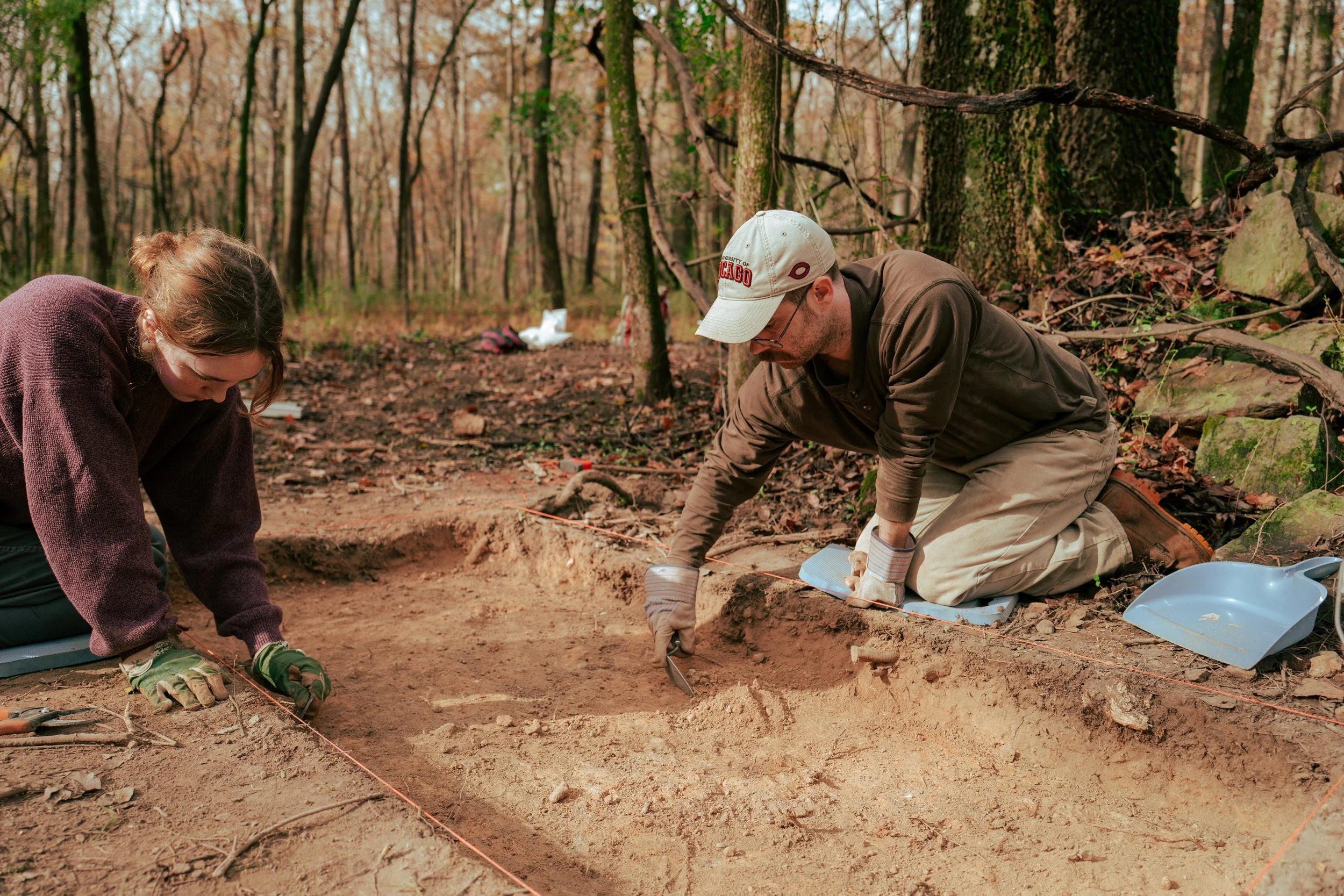The materiality and spatiality of racialized labor in Jim Crow Birmingham, Alabama: 1888-1930
My dissertation project employs remote sensing, survey, and excavation tools to archaeologically examine the ways that Black subcontract miners and their families negotiated the constraints of a racialized labor regime at Smythe, an abandoned iron mining camp in Birmingham, Alabama that was occupied at the turn of the twentieth century.
Many of the residents at Smythe had been born into enslavement and migrated to Birmingham from sharecropping contexts in the “Black Belt.” Despite trumpeted claims of a new free market ethos in the urban industrial South, my research shows that the industrial mode of extraction at Smythe, as elsewhere, bore striking material resemblances to Antebellum political economic precursors.
Despite the evident exploitation residents faced, I have found that occupants of Smythe engaged in a number of “fugitive practices” in the crevices of industrial development, on the outside of their oppressive labor conditions. These practices were not necessarily posed in defiance or refusal, but rather as a kind of willful indifference to their conditions of subordination.
To undertake my project, and with the support of Red Mountain Park, I directed a field project at Smythe in 2023-2024. Managing a team of undergraduate students, we conducted pedestrian survey of the environs of the mining camp before excavating beneath the foundations of four structures on the eastern periphery of the settlement.
Through pedestrian survey, we identified the foundations of the site’s company store, along with a diverse assemblage of early twentieth bottles proximate to the store, especially regional cola and whiskey bottles, and likely signifying the store as having been a locus for socialization at Smythe. We also documented the presence of a garden plot, likely maintained as a source of subsistence. A high volume of surface debris— ceramic, glass, metal— surrounding the perimeter of the plot signals this area as having been Smythe’s dumps. Residents at Smythe were highly mobile, commonly coming and going on the rail, and apparently they were depositing many of their goods before moving on from Smythe to another labor context.
Across the excavations, we recovered artifacts indexing occupants’ food provisioning, leisure and recreation, dress and ornamentation, and symbolic values. Evidently, despite their poverty and limited access to goods, workers and families at Smythe participated in activities that exceeded their subject positions as exploited workers. We determined that of the four structures excavated, three had been small domestic duplexes of an Antebellum plantation construction type. The architectural forms at Smythe immediately present a continuity across formal emancipation, from Old to New South. The fourth structure we excavated had been a food storage outbuilding, again food provisioning activities performed outside the exploitative company store.
I plan on defending my dissertation in October 2025.


